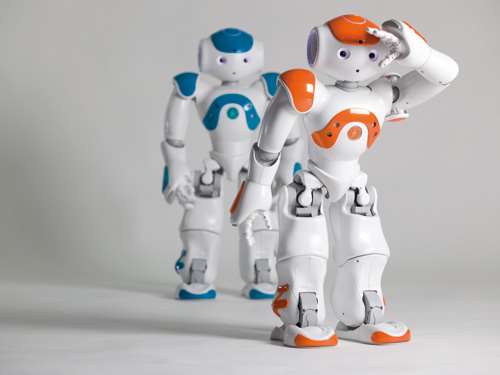If automation shakes up Australia’s employment landscape, young people may be hit the hardest, according to a new report.
The report by the Foundation for Young Australians (FYA) found that “young people are likely to be disproportionately hurt by automation”.
“Young people tend to get their break into the labour market, or their first few jobs, in occupations that are forecast to be highly affected by automation,” the FYA said.
“Around 70 percent of young people (15-24 years) in Australia get their foothold in occupations that will be highly affected by automation in the next 10-15 years."
The FYA also found almost 60 percent of Australian students are “studying or training for occupations where at least two thirds of jobs will be automated".
“Our young people are not being trained in the jobs that will survive automation,” the FYA said.
“More than half of young Australian students are currently getting educated for dying jobs.”
The FYA used its report to call for “policy responses” that would afford young people opportunities for employment in increasingly technologically-advanced workplaces.
“The future of work, especially its inherent risks, need not be cast in stone for young Australians,” it said.
“The critical question for Australia is: How do we ensure that the future of work maintains reward and opportunity for all young Australians?”
Fearmongering or future preparation?
The FYA report is the third of its kind to explore the potential impact of automation on Australia since May this year.
Consultancy PwC predicted 44 percent of Australians jobs were at high risk from "computerisation over the next two decades”. It said many roles might “cease to exist” in this digitally-disruptive era.
A month later, the Committee for Economic Development of Australia (CEDA) indicated it saw a “high probability that 40 percent of Australia’s workforce, more than five million people, could be replaced by automation within the next 10 to 20 years”.
Now, CSIRO’s director of digital Adrian Turner has raised those stakes further, telling the ABC’s 7.30 program that “up to 70 percent of today’s workforce could be at risk”, although he did not specify the timeframe in which he believed this might occur.
While these workforce-killing percentages have grabbed headlines, the FYA – at least – was at pains to point out that the figures generally don’t take into account job creation over the same period of time.
“Whether or not new jobs will step into the breach is hotly debated: will the next wave of technological innovation replace labour or spawn new jobs that complement technology?” it said.
This is, however, notoriously difficult to predict, as experts are still divided on how much technology might advance and therefore impact jobs that are not currently considered under threat.
“Non-routine work, which requires interpersonal or environmental adaptability or problem solving and creativity, are less exposed to the rise of smart machines,” the FYA said.
“However, as smart machines learn to recognise visual and language cues and develop situational adaptability (like driverless cars), the machines will increasingly compete for manual non-routine jobs and some cognitive jobs.”









